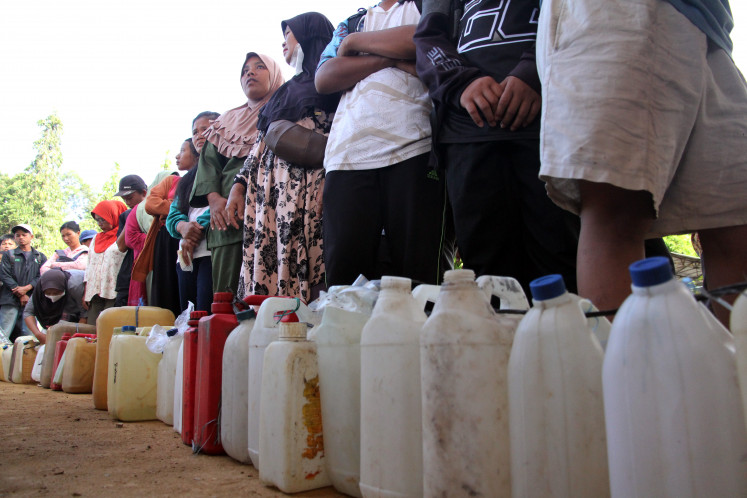Popular Reads
Top Results
Can't find what you're looking for?
View all search resultsPopular Reads
Top Results
Can't find what you're looking for?
View all search resultsAlaskan snow more than doubles due to global warming: Study
Change text size
Gift Premium Articles
to Anyone
S
nowfall in central Alaska has more than doubled since the mid 1800s, said a study Tuesday which pointed the finger at global warming.
Two ice cores drilled into Mount Hunter in the Denali National Park, revealed a 117-percent increase in wintertime snowfall in south-central Alaska since about 1840, researchers wrote in the journal Scientific Reports.
Summer snow also increased, by nearly 50 percent.
"We were shocked when we first saw how much snowfall has increased," said Erich Osterberg of Darmouth College, who co-authored the study.
"We had to check and double-check our results to make sure of the findings."
Next, the team set out to find out why.
Scientific models predict that global precipitation -- rain or snow -- would increase by as much as two percent per degree of global warming. Warmer air holds more moisture.
This accounted for some, but not most, of the Denali snowfall increase, the team said.
They found another contributor: the strengthening of a low-pressure system called the Aleutian Low in the Bering Sea off the Alaskan coast, driven by warmer tropical oceans.
Read also: Antarctica is greening due to global warming
The Aleutian Low brings a northward flow of warm, moist air to Alaska.
"It is now glaringly clear from our ice core record that modern snowfall rates in Alaska are much higher than natural rates before the Industrial Revolution," study co-author Dominic Winski of Dartmouth College said in a statement.
This is when humankind started pumping planet-warming greenhouse gases into the atmosphere.
The same changes accounted for a decrease in Hawaiian precipitation, the paper pointed out.
And it stressed the Alaskan impact would not necessarily be repeated in other places with similar conditions.
"Scientists keep discovering that on a regional basis, climate change is full of surprises," said Osterberg.
The world's nations vowed in the 2015 Paris Agreement to limit global warming to under two degrees Celsius (1.5 degrees Fahrenheit) over pre-industrial levels.
Anything more, experts warn, will give rise to life- and asset-threatening superstorms, sea-level rise, floods and drought.
The 1 C mark has already been breached.











